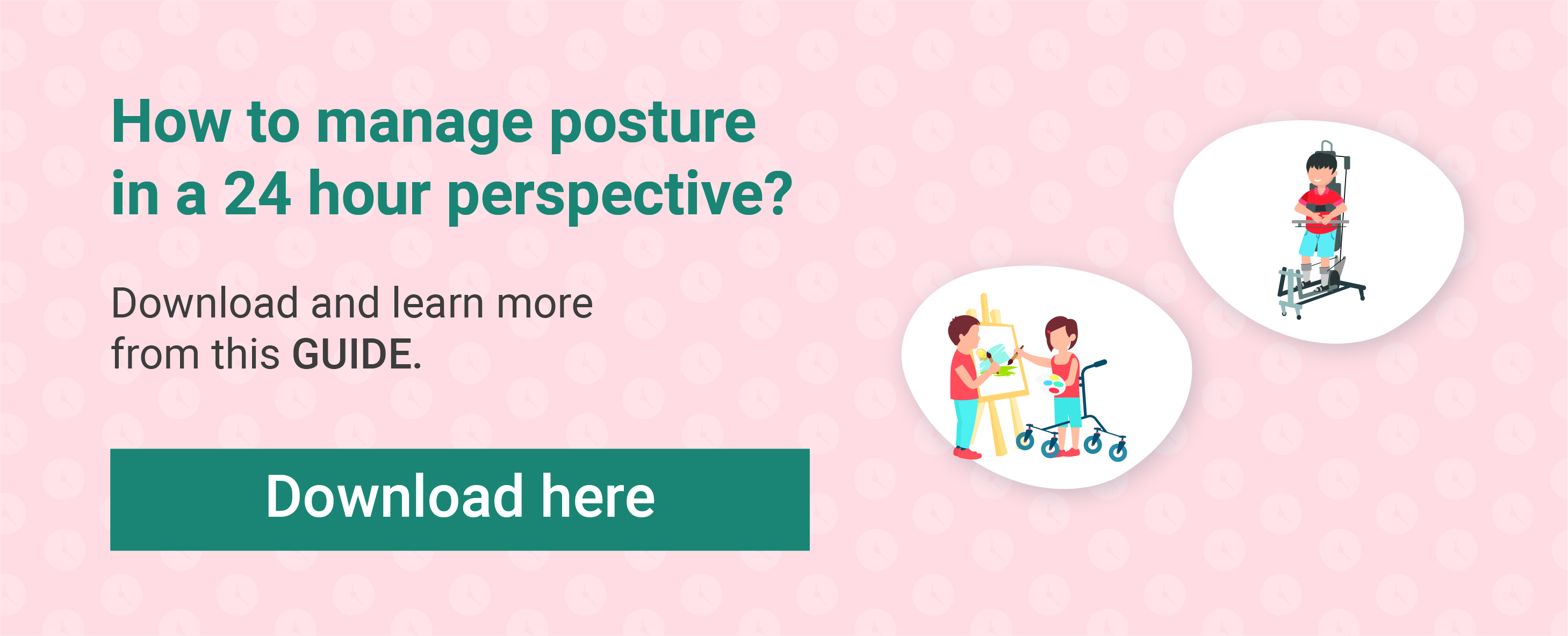What Is Rett Syndrome?


Rett syndrome is a rare genetic neurological disorder that occurs almost exclusively in girls. It affects the brain development and causes a progressive loss of motor skills and cognitive function.
In this article we will cover the following questions:
- What are the symptoms of Rett syndrome?
- How is Rett syndrome diagnosed?
- What causes Rett syndrome?
- How is Rett syndrome treated?
- Can Rett syndrome be prevented?
- What is the life expectancy?
What are the symptoms of Rett syndrome?
Symptoms and signs of Rett syndrome usually appears when the child is between 6-18 months. Pregnancy and delivery are often uncomplicated and the child grows and behave as expected for the first 6 months of life.
From 6 months of age you often see that the child starts missing developmental milestones or loses motor abilities they have gained. The well-known hallmark of constant repetitive hand movements may also be observed.
Other symptoms often seen within girls with Rett syndrome are:
- Smaller head size (due to slow brain growth)
- Absent speech
- High-pitched cry
- Seizures
- Scoliosis
- Respiratory complications
- Sleep disturbance

The progress of Rett syndrome is described in four stages
Stage 1 – Early onset
This is the period when the first symptoms appear and you see that the child lag behind others in development. The first stage usually starts between the age of 6-18 months and lasts from a few months to a year. The symptoms can be:
- Not reaching motor function milestones
- Losing gained functions (e.g. sitting and crawling)
- Low muscle tone
- Difficulty feeding
- Repetitive hand movements
- Reduced interest in toys
- Reduced eye contact
Stage 2 – Rapid deterioration
The child starts losing motor skills, communication and social skills. This stage is observed between the age of 1 and 4. Signs often observed in this period is:
- Slow head growth
- Loss of purposeful hand movements
- Respiratory complications
- Irritability, screaming and crying for no obvious reason
- Sleep problems
Stage 3 – Plateau
At this stage you may experience that regression slows, such as less crying and irritability. Challenges with motor function will continue. This stage is usually seen between the age of 2-10.
Stage 4 – Late motor deterioration
This stage is observed after the age of 10. Reduced mobility, muscle weakness, joint contractures and development of scoliosis are observed.
How is Rett syndrome diagnosed?
Diagnosing Rett syndrome involves observation and recording of the child’s motor development and head growth. Parents often observe and report that motor milestone development has slowed down or the child have even started to lose gained functions.
Doctors and physiotherapist will observe the child and perform different tests also to exclude other diagnoses with similar symptoms.
If Rett syndrome is suspected after an evaluation, genetic testing of the child will usually be used to confirm the diagnosis.
What causes Rett syndrome?
Rett syndrome is caused by a mutation (a change) in a single gene. The gene is called MECP2 and it is located on the X chromosome. The MECP2 gene makes a protein necessary for the development of the nervous system and especially the brain.
The mutation of the MECP2 changes the gene’s ability to produce protein.
Rett syndrome is a rare disease and occurs worldwide in 1 of every 10.000 female births, and is rarely seen in boys.
Can Rett syndrome be prevented?
Rett Syndrome is a very rare genetic disorder that occur spontaneously in the MECP2 gene, and it cannot be prevented and it is not either inherited.
How is Rett syndrome treated?
Unfortunately, there is no cure for Rett Syndrome, so the aim is to manage symptoms, prevent complications and facilitate quality of life for your child and for the family. Several healthcare professionals will be involved to ensure your child’s needs. A doctor will follow your child closely and be responsible for any medication needed to control seizures, respiratory complications and feeding difficulties. Others who will be involved may be:
Physiotherapist and occupational therapist
They will be involved at an early stage to facilitate motor function. The aim is to assist the child to gain as much control and independency as possible. This can also be gained through the use of assistive devices. The therapists will together with the family analyse and map the specific needs of the child continuously and adapt treatment and recommend assistive technology needed as the child grows. Assistive devices are used to facilitate independency, but also to increase activity and participation in daily life and prevent secondary diagnosis-related complications. The therapist will also together with the doctor decide the need of orthosis to improve function and to slow down development of secondary complications such as contractures and scoliosis.
Hippotherapy and hydrotherapy may also be recommended by the therapists as part of the treatment.

Speech therapist
A prominent symptom of Rett syndrome is difficulties with communication. A speech therapist will identify communication challenges and can be helpful in finding alternative ways of communicating. Different assistive devices may be used for this purpose. This form of communication is called “Alternative augmentative communication (AAC)”. AAC can be very simple and not include any technology, but use signs and pictures, or it can be more advanced assistive technology using switches and computers.
What is the life expectancy?
It is known that Rett syndrome shortens lifespan, but it is not known what the specific life expectancy is. Life expectancy is also very much depending on the severity of the disorder.
Another useful source: rettsyndrome.org

Rikke Damkjær Moen brings many years of experience as clinical physiotherapist to the Made for Movement team. Her mission is to ensure that everybody, regardless of mobility problems, should be able to experience the joy and health benefits of physical activity. As our Medical Manager, Rikke is passionate about sharing knowledge so that individuals with special needs, families, and clinicians can discover the possibilities and solutions provided by Made for Movement.
Live is a tender and cheerful 4-year-old girl. She’s diagnosed with Rett syndrome, but has a more atypical disease course, which means...
Scoliosis is a sideway curvature of the spine and often occurs secondary to a neuromuscular disorder, such as Cerebral palsy, spina...
Innowalk and adaptations make Selma able to live an active and enjoyable life despite a few challenges.
Hear from us from time to time and learn new things
